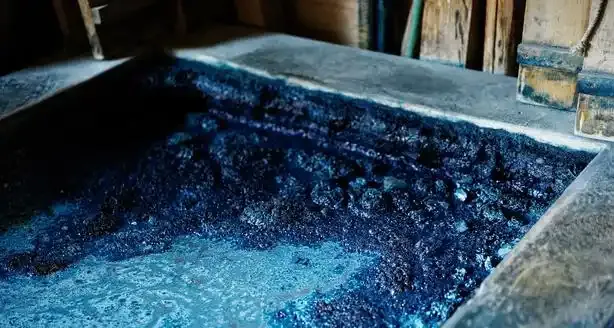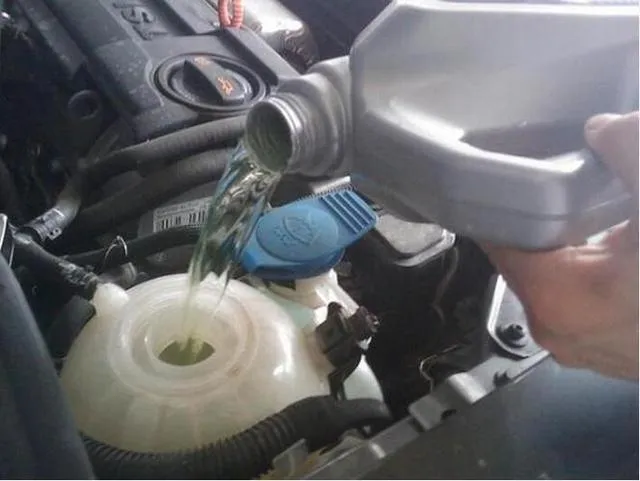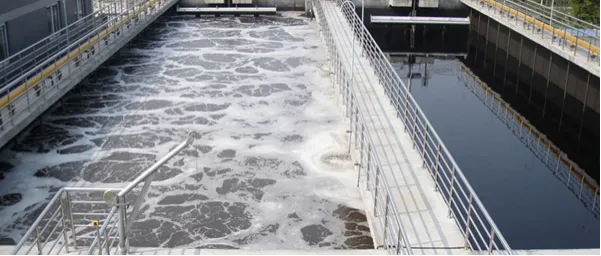
Comprehensive Guide to Wholesale Gypsum Set Retarder XYSJN1 and Anti Foaming Agents
Foam formation is a common challenge in industrial processes, pharmaceuticals, and even daily applications like coolants. At the same time, construction and cement industries rely heavily on specialty additives like wholesale gypsum set retarder XYSJN1 to regulate material setting time. To meet production efficiency, both foam control and setting control chemicals play a crucial role. This article provides a deep dive into antifoam and defoamer technologies, various natural antifoaming agents, and practical examples of antifoaming agents, while also covering the importance of gypsum retarders.

The Role of Wholesale Gypsum Set Retarder XYSJN1 in Construction
The construction sector depends on precise chemical formulations to improve the performance of cement, mortar, and plaster products. Wholesale gypsum set retarder XYSJN1 is a popular additive used to extend the setting time of gypsum-based materials. By slowing down hydration, it provides builders and manufacturers with better flexibility during mixing, application, and finishing.
Gypsum naturally sets very quickly, which can be problematic in large-scale projects. With XYSJN1, contractors can avoid premature hardening, ensuring smooth surfaces, stronger bonding, and reduced cracking. Moreover, buying wholesale gypsum set retarder XYSJN1 offers significant cost savings for large projects, while guaranteeing consistent product performance.

Its advantages include:
Improved workability of gypsum and cement-based materials.
Controlled setting time to match project requirements.
Reduced waste caused by early setting.
Enhanced surface smoothness in plaster and construction finishes.
For companies in construction materials, integrating this additive can increase efficiency while lowering operational costs.

Understanding Antifoaming Agents and Their Industrial Uses
While gypsum retarders focus on construction efficiency, industries across the globe face another challenge: foam. Foam can hinder mixing, block pipelines, reduce heat transfer, and compromise product quality. This is where antifoam and defoamer solutions come into play.
Types and Functions of Antifoaming Agents
Antifoaming agents (also called defoamers) are chemical additives designed to prevent, control, or eliminate foam. They are crucial in industries such as food, pharmaceuticals, chemicals, and metalworking. Let’s explore their functions:
Anti foaming agent for coolant: In the automotive and machining industries, coolants often generate foam during circulation. An anti foaming agent for coolant prevents air entrapment and ensures efficient cooling and lubrication of engines and cutting tools.
Anti foaming agent pharmaceutical: In pharmaceutical manufacturing, foam can affect fermentation, mixing, and formulation quality. A specialized 소포제 의약품 ensures smooth processing while complying with safety and purity standards.
Anti foaming agent uses: From wastewater treatment to paint manufacturing, the uses are broad. Foam can disrupt production, increase downtime, and damage equipment. Antifoams and defoamers resolve these issues, leading to higher efficiency.
Chemical vs. Natural Antifoaming Agents
Antifoams are divided into synthetic and natural categories:
Chemical antifoam agent: These are formulated from compounds like polydimethylsiloxane, mineral oils, or polyethers. Antifoaming chemicals are highly effective in harsh conditions such as high temperatures and strong chemical reactions.
Natural antifoaming agents: Derived from plant oils, waxes, or biodegradable materials, these are eco-friendly solutions. A natural defoaming agent is especially valuable in organic food processing, brewing, and green cleaning products.

Examples of Antifoaming Agents
To illustrate their diversity, here are some examples of anti foaming agent categories:
Silicone-based antifoam: Highly effective and stable across industries like textiles, wastewater, and paper manufacturing.
Organic-based antifoam: Safe for food, cosmetics, and pharmaceuticals.
Natural defoaming agents: Plant-derived oils and waxes for eco-friendly processes.
Powdered antifoam: Ideal for dry processes such as cement production.
This variety is reflected in every antifoaming agents list, which helps companies choose the right solution for their application.

Examples of Antifoaming Chemicals in Real Applications
To better understand how antifoaming chemicals are used, here are some real-world examples:
Food and Beverage Industry: Foam in juice processing, brewing, and dairy production is controlled using natural antifoaming agents.
Pharmaceutical Industry: During fermentation and mixing, 소포제 의약품 solutions are critical for compliance and efficiency.
Chemical Manufacturing: Large reactors produce foam that can reduce yields, controlled by chemical antifoam agent products.
Metalworking Fluids: Anti foaming agent for coolant enhances heat transfer, reduces machine wear, and prevents pump damage.
Wastewater Treatment: Antifoam and defoamer formulations break down foam that interferes with aeration systems.
By examining these examples of antifoaming agents, it becomes clear that these chemicals are essential across diverse industries.

Conclusion: Balancing Construction Efficiency and Foam Control
From the construction industry to chemical processing, specialized additives like wholesale gypsum set retarder XYSJN1 and antifoam and defoamer solutions play a vital role in modern production. The gypsum retarder ensures flexibility and efficiency in plaster and cement applications, while antifoams and defoamers optimize performance in multiple sectors by eliminating costly foam problems.
Whether opting for natural antifoaming agents for sustainability, or chemical antifoam agents for tough industrial conditions, choosing the right solution depends on application requirements. Reviewing an antifoaming agents list and considering examples of anti foaming agent applications will help businesses make informed decisions. Together, these additives reduce waste, improve efficiency, and contribute to sustainable industrial practices.
FAQs About Gypsum Set Retarder and Antifoaming Agents
1. What is Wholesale Gypsum Set Retarder XYSJN1 and its main use?
Wholesale gypsum set retarder XYSJN1 is a chemical additive used to slow the setting time of gypsum and cement materials. It improves workability, reduces waste, and ensures smoother finishes in construction projects.
2. What is the difference between Antifoam and Defoamer?
Antifoam and defoamer are closely related. Antifoam prevents foam from forming, while defoamer eliminates existing foam. Many industrial products combine both functions for maximum efficiency.
3. Are there Natural Antifoaming Agents Available?
Yes, natural antifoaming agents and natural defoaming agents are derived from eco-friendly sources like plant oils and waxes. They are ideal for food, beverages, and sustainable product manufacturing.
4. What are Common Examples of Anti Foaming Agent Applications?
Examples of anti foaming agent uses include coolants, pharmaceuticals, wastewater treatment, chemical reactors, and food processing. Each industry uses different antifoaming chemicals depending on their needs.
5. How Do I Select the Right Antifoaming Chemicals for My Industry?
Selection depends on the process type, regulatory standards, and environmental concerns. Reviewing an antifoaming agents list and understanding whether you need a chemical antifoam agent or a natural defoaming agent will guide the best choice.
-
Hydroxypropyl Starch as a Sustainable Construction Additive소식Nov.24,2025
-
The Gelation Properties of CMC소식Nov.21,2025
-
Redispersible Latex Powder and Water Retention Capacity소식Nov.21,2025
-
Dosage Control for Polycarboxylate Water Reducer소식Nov.21,2025
-
Film-Forming Properties of Polyvinyl Alcohol소식Nov.21,2025
-
The Function of Gypsum Additives in Mortar소식Nov.21,2025





















